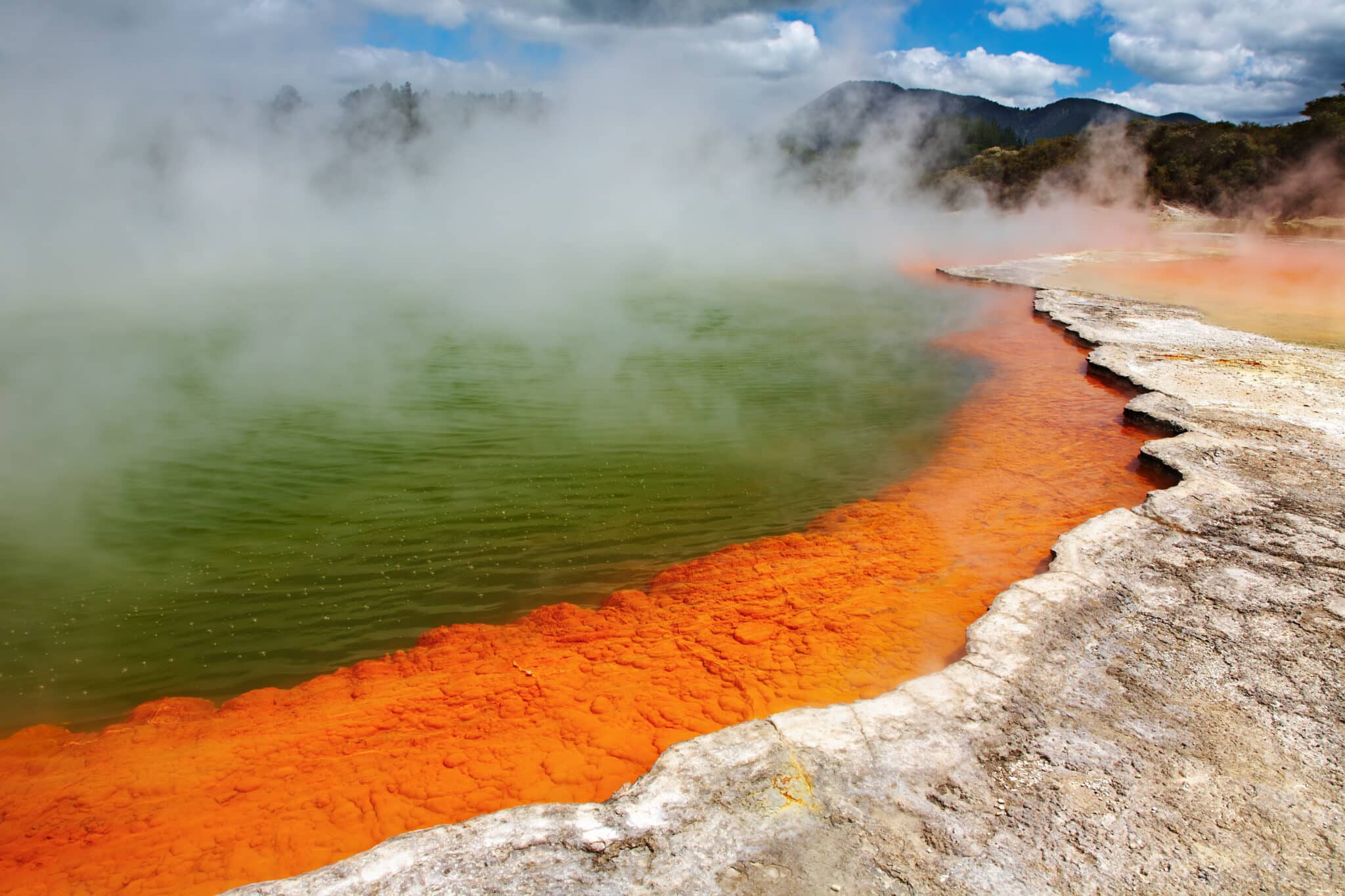GPU Accelerators
Volsung can make use of NVIDIA GPUs to significantly accelerate computational tasks.

The above chart shows the speedup achieved using Volsung on a benchmark model with 100,000 grid blocks. The speedup is measured using a TOUGH2 model run as a base case. Volsung was run using a CPU solver and GPU solvers on different NVIDIA GPUs. For details and more context on how speedup is achieved through GPUs refer to Franz et al., 2019.
Requirements
To enable accelerated computing you need to have an NVIDIA CUDA capable GPU, with a compute capability larger than or equal to 3.5. Please check NVIDIA’s developer page which lists the compute capabilities of different graphics cards. We recommend the GeForce RTX3070Ti as a superb card at an affordable price. Note that the speedup increases primarily with the memory bandwidth of the GPU, so please keep this in mind when looking at specifications for different GPUs. For example, the RTX3070Ti has a memory bandwidth of 608GB/s. For comparison, a Quadro RTX A2000 has a memory bandwidth of only 288GB/s, so it will take approximately twice as long to solve the linear system than the RTX3070Ti would take.
If your computer is equipped with an NVIDIA CUDA capable GPU then you can enable GPU computing by:
- using a Linux operating system
- installing an up-to-date graphics driver for the GPU
The restriction to using Linux systems is caused by driver issues on Windows. This is not Volsung specific; applications in neural networks and artificial intelligence suffer from the same drawback under Windows.
Even if you have a Windows operating system you can still use Volsung’s accelerated computing by:
- Using a dual boot system
- Booting Linux from a USB stick
- Using a Linux remote. This could either be a dedicated Linux box in your office, or a remote instance from a cloud computing service provider like AWS. With this option you can install Volsung on your Windows machine and simply push all computationally expensive simulations onto the remote.
If you are not sure if or how you could implement accelerated computing please contact us; we can help you to set up a system to meet your requirements.





